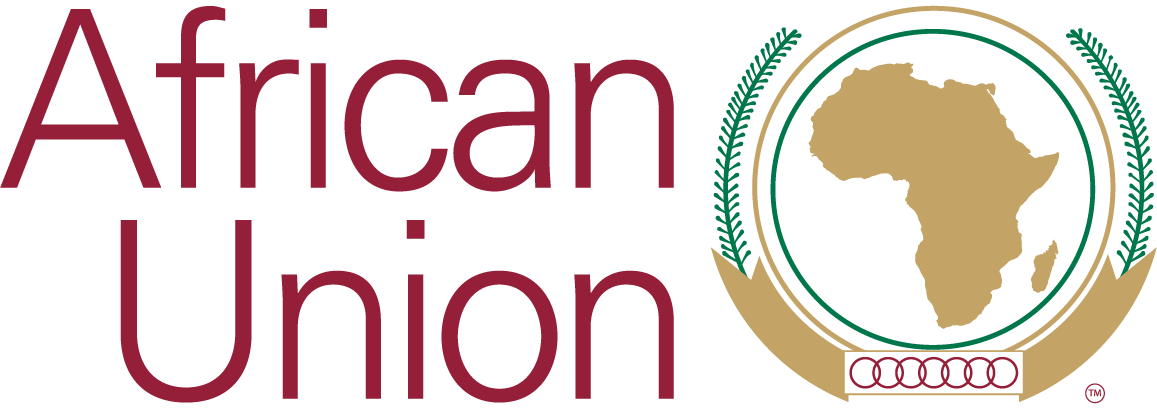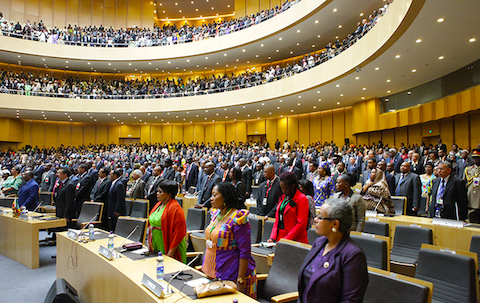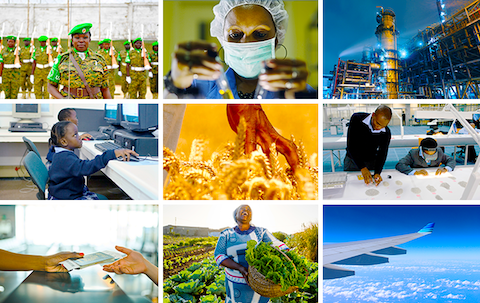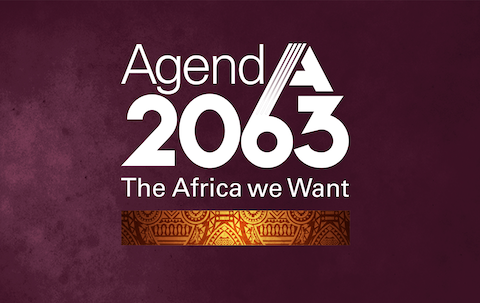Focusing on the plight of African women and girls as forcibly displaced persons and the need for sustainable solutions Part 2
Focusing on the plight of African women and girls as forcibly displaced persons and the need for sustainable solutions Part 2

In this second and last part of the series the AU Special Envoy on Women, Peace and Security Mme. Bineta Diop talks about the progressive initiatives by member states, such as the move by Ethiopia to allow refugees the right to work. She also highlights how scaling up continental initiatives and piloting the Comprehensive Refugee Reponses Framework and related progressive approaches, could be a much needed boost in addressing the adverse effects of forced displacement especially for women and girls.
In the first part of the series the Mme. Bineta Diop shared the findings of her visit to the “Triangle of Death’, and gave insights into why women and girls are worst affected in the appalling situation of forcibly displaced persons. She also spoke on the unique challenges that confront displaced women and girls and the geographical distribution of the scourge of migration particularly, the most affected areas in the Sahel, Central Africa, in the Horn of Africa and other volatile places on the continent, such as Libya; She concluded by highlighting the socio-economic conditions that allow for better access to education, job opportunities and generally, an all-inclusive cross cutting peace building and reconciliatory process to serve as an incentive for forcibly displaced African women and girls residing outside the continent to look forward to returning back home. (Read Part One here),
In this second and last part of the series, Mme. Diop talks about the progressive initiatives by member states such as the decision by Ethiopia to allow refugees the right to work and how scaling up continental initiatives and piloting the Comprehensive Refugee Reponses Framework and related progressive approaches, could be a much needed boost in addressing the adverse effects of forced displacement especially for women and girls.
- At a political level, what are the interventions aimed at addressing the issue of forcibly displaced persons on the African continent?
The issue of Refugees, Returnees and IDPs on the African continent has always been central, given the reality of coups, instability and fragile ecosystem. Africa has always been a strong political player in framing global policies and solutions. The fact that this year’s theme “Refugees, Returnees, and IDPS: Towards Durable Solutions to Forced displacement in Africa” did not come from a vacuum. This is not the first time the AU is looking at the issue of forcibly displaced persons.
For instance, if you consider Agenda 2063, the continental framework towards an integrated, prosperous and peaceful Africa, it is evident that the Africa we want seeks positively progressive political and socio-economic environments that are not grounds for the upsurge of refugees and IDPs. Agenda 2063 seeks to address the crosscutting issues in the continent for sustainable solutions. Moreover, concrete steps regarding the issue of IDPs dates back five decades ago as articulated in the landmark legal instruments from 1951 Convention Relating to the Status of Refugees and its 1967 Protocol as well as the broader refugee criteria included in the 1969 OAU Convention Governing the Specific Aspects of Refugee Problems in Africa.
It is therefore not surprising that Africa had a tremendous leading role in the adoption of Global Compact on Refugee and Migration, a non-binding international agreements which set out recommendations for enhancing international cooperation. The Compact also calls for empowerment of refugee women and girls and for their full participation in decision making processes. However, few AU member states have embarked on piloting a Comprehensive Refugee Reponses Framework and related progressive approaches that allow for refugees to go to school and work.It is heartening to note that at member state- level, there are progressive directions around the issue. For example Ethiopia has recently adopted a very progressive law towards integration of Refugees, making them self-reliant. This law allows refugees the right to work. It further reserves ten percent of job opportunities in its mega industrial parks to refugees. These are the kind of initiatives that need to be encouraged and emulated at a continental level.
- What collaboration is there within the AU, to ensure successful implementation of the Solutions to forced displacement
Before delving into specific initiatives and synergy, I would like to say that addressing the root causes of forced displacement and migration, particularly lack of good governance, corruption and equitable distribution of resources has been a priority at the AU and also working closely with development partners. The Solidarity missions we took as AU-UN joint activities, are a good examples of high-level engagement to address the issue of Refugees, Returnees and IDPs. The role of champions and the African leaders’ involvement in mobilizing humanitarian assistance also shows the commitment by the African Union to find sustainable solutions to the scourge of forced displacement.
Activities under AU’s 2019 theme of the year are implemented through strong coordination with the Regional Economic Communities (RECs), AU organs and the entire African Union architecture. At the highest political level, the President of Equatorial Guinea H.E. Mr Theodore Obiang Nguema Mbasogo provides political leadership and support, as the champion of the theme of the year. Member States, through the Permanent Representatives’ Committee in Addis Ababa, Ethiopia, oversee the implementation of the roadmap of activities of the theme of the year through its Sub-Committee on Refugees, Migrants and Displaced Persons.
As part of the activities to give the issues more visibility and attention, in March this year, the Office of the Special Envoy on Women, Peace and Security collaborated with the Department for Political Affairs, United Nations High Commissioner for Refugees (UNHCR) and other stakeholders in organizing an Open Session of the AU Peace and Security Council (PSC) on the Role of Refugee and Displaced Women in Peace-Building. The meeting underscored the need for the development of Guidelines, which would support the inclusion and mainstreaming of the rights of refugee women and displaced persons in the AU Peace and Security Architecture. This is currently being developed through a joint work involving the AU Directorate on Gender and other stakeholders. There is also a plan to hold an important consultative meeting on mixed migration undertaken through a joint collaboration with the AUC Department of Social Affairs. The purpose of the meeting is to review progress and develop effective approaches in finding solutions for refugees and migrants who find themselves in difficult and deteriorating situations.
On 13th May 2019, the AUC collaborated with the Pan African Parliament (PAP) in organizing an awareness creation session for members of PAP on their role to support national, sub-regional and continental efforts to address the problem of forced displacement. This consultative meeting involved experience sharing and introducing members of PAP to existing international and regional standards on refugees and displaced persons and tools that have been developed to support the role of parliamentarians.
The AUC has been working very closely with the African Commission on Human and Peoples’ Rights, particularly it’s Special Rapporteur on Refugees, Migrants, Asylum Seekers and IDPs. The Special Rapporteur actively participated in the joint AU-UNHCR Training on Humanitarian Law and Policy and also contributed to the high-level roundtable on root-causes and durable solutions to forced displacement in Africa held on 9 February 2019.









